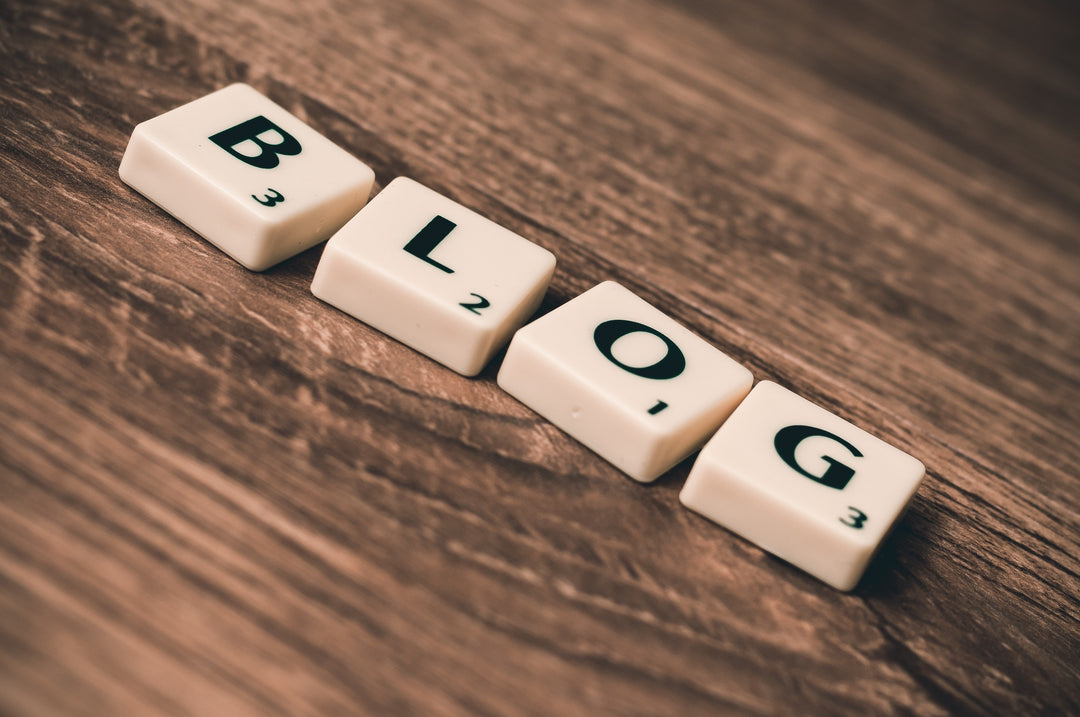Embark on a Journey of Creativity and Inspiration through Art and Drawing
Introduction
Welcome to the captivating world of paper art and drawing! From intricate origami creations to stunning paper sculptures and expressive drawings, paper art offers endless possibilities for artistic expression. This article will delve into the fascinating realm of paper art and drawing, exploring various techniques, tools, and the boundless creativity it unlocks. Whether you're a seasoned artist or a beginner exploring your artistic side, paper art and drawing are sure to captivate your imagination and ignite your creativity.
The Beauty of Paper Art

Paper art has a unique charm sets it apart from other art forms. Here are some of the reasons why paper art is so captivating:
-
Versatility: Paper can be manipulated in countless ways, allowing artists to create intricate designs, three-dimensional sculptures, and delicate forms. The flexibility and adaptability of paper make it an ideal medium for exploring various art styles and techniques.
-
Accessibility: Paper is readily available and affordable, making it accessible to artists of all levels. Whether you're a professional artist or a beginner, paper art provides an affordable way to express your creativity without breaking the bank.
-
Expressive Potential: Despite its delicate nature, paper can convey powerful emotions and tell compelling stories. Through careful folds, cuts, and drawings, artists can evoke a wide range of emotions and create visually stunning pieces that resonate with viewers.
-
Sustainability: Paper is a renewable resource, and many artists embrace eco-friendly practices by using recycled or sustainable papers in their artwork. Paper art allows artists to create beauty while also promoting environmental consciousness.
Techniques in Paper Art and Drawing
Paper art encompasses a diverse range of techniques and styles. Here are some popular techniques to explore:
-
Origami: Origami is the art of folding paper to create intricate designs, animals, objects, and more. This ancient Japanese art form celebrates the beauty of simplicity and precision.
-
Paper Cutting: Paper cutting involves carefully cutting out shapes, patterns, or silhouettes from paper using scissors or precision knives. Intricate paper cuttings can be framed or used for decorative purposes.
-
Quilling: Quilling, also known as paper filigree, involves rolling and shaping thin strips of paper into intricate designs. These rolled paper shapes are then assembled to create decorative pieces, jewelry, or embellishments for other artwork.
-
Paper Sculpture: Paper sculpture involves creating three-dimensional forms by folding, shaping, and assembling paper. Artists use techniques such as papier-mâché, paper folding, and layering to build sculptures with depth and dimension.
-
Paper Drawing: Paper is also an excellent surface for drawing. Artists can use a variety of drawing mediums such as pencils, pens, markers, and charcoal to create expressive drawings on paper.
Tools and Materials for Paper Art and Drawing
You'll need some essential tools and materials to embark on your paper art and drawing journey. Here are a few to consider:
-
Paper: Choose a variety of papers suitable for different techniques, such as origami paper, drawing paper, watercolor paper, or specialized papers for specific paper art forms.
-
Cutting Tools: Depending on the technique, you may need scissors, precision knives, or paper cutting blades to create precise cuts and shapes.
-
Adhesives: Use glue, tape, or specialized adhesives suitable for paper art to join paper elements securely.
-
Drawing Materials: Explore various drawing mediums such as pencils, pens, markers, charcoal, or pastels to create stunning drawings on paper.
-
Embellishments: Consider incorporating additional elements like beads, sequins, ribbons, or other materials to enhance your paper art creations.
The Magic of Paper Art and Drawing
Engaging in paper art and drawing offers numerous benefits beyond the joy of creating. Here are some reasons to embrace paper art in your artistic pursuits:
-
Stress Relief: Paper art and drawing can be therapeutic, allowing you to focus your mind, relax, and find solace in the creative process.
-
Fine Motor Skills and Precision: The intricate nature of paper art requires attention to detail and precise hand movements, enhancing fine motor skills and hand-eye coordination.
-
Creative Expression: Paper art and drawing provide a unique channel for self-expression, allowing you to communicate ideas, emotions, and stories through your artwork.
-
Problem-Solving Skills: Paper art often involves complex folding techniques and planning. By exploring different approaches and overcoming challenges, you develop problem-solving skills and enhance your ability to think creatively.
-
Cognitive Development: Engaging in paper art and drawing stimulates your brain, fostering cognitive abilities such as concentration, spatial reasoning, and visualization.
Exploring Different Paper Art Styles
-
Collage involves assembling different materials, including paper, to create a unified composition. By combining various textures, colors, and patterns, artists can create visually captivating collages that tell unique stories.
-
Paper Mache: Paper mache is a technique that uses strips of paper soaked in a paste-like mixture of water and glue or flour to create three-dimensional sculptures or objects. The paper mache pulp can be molded into any desired shape and then dried and painted for a finished look.
-
Decoupage: Decoupage is the art of decorating objects with cut-out paper designs. By layering and adhering paper cut-outs onto surfaces such as furniture, boxes, or frames, artists can transform ordinary items into stunning pieces of art.
-
Paper Weaving: Paper weaving involves interlacing strips of paper to create intricate patterns or designs. This technique allows artists to explore color combinations and create visually appealing artworks with a tactile quality.
-
Paper Embroidery: Paper embroidery combines the art of stitching with paper to create intricate patterns and designs. Artists can use embroidery floss, thread, or even thin strips of paper to sew delicate lines and shapes onto paper surfaces.
Inspiration for Paper Art and Drawing
Finding inspiration is an essential part of the creative process. Here are some sources of inspiration for your paper art and drawing endeavors:
-
Nature: Nature provides a wealth of inspiration, from the intricate patterns of leaves and flowers to the textures and colors found in landscapes. Take a walk in nature and observe its beauty, then translate those elements into your paper art and drawings.
-
Personal Experiences: Draw inspiration from your own experiences, memories, and emotions. Use paper art and drawing as a medium to express your feelings or tell stories that are significant to you.
-
Artistic Communities: Join online or local artistic communities to connect with other paper artists and drawing enthusiasts. Sharing ideas, receiving feedback, and engaging in collaborative projects can ignite your creativity and offer fresh perspectives.
-
Art History: Explore the works of famous paper artists and drawing masters from different art movements and time periods. Study their techniques, styles, and themes to gain inspiration and deepen your understanding of the art form.
-
Everyday Objects: Look for beauty and inspiration in everyday objects around you. Whether it's the patterns on a teacup or the intricate details of a building, train your eye to notice the small details that can spark your creativity.
Tips for Getting Started
If you're new to paper art and drawing, here are some tips to help you get started:
-
Start with Basic Techniques: Begin by mastering basic techniques such as folding, cutting, and drawing on paper. As you gain confidence, you can explore more advanced techniques and styles.
-
Experiment with Different Papers: Explore different types of paper, such as textured, handmade, or colored papers, to add depth and visual interest to your artwork.
-
Practice Regularly: Like any skill, practice is key to improving your paper art and drawing abilities. Dedicate regular time to create and explore new ideas, allowing your skills to evolve over time.
-
Embrace Mistakes: Don't be afraid to make mistakes. Paper art and drawing are about experimentation and learning. Embrace the process and use mistakes as opportunities for growth and creative problem-solving.
-
Seek Inspiration from Various Sources: Look beyond paper art and drawing for inspiration. Explore other art forms, nature, literature, or even music to fuel your creativity and broaden your artistic horizons.
Conclusion
Paper art and drawing offer a gateway to a world of creativity, expression, and boundless possibilities. From the versatility of collage to the sculptural beauty of paper mache and the intricate details of paper weaving, there are countless techniques and styles to explore. With inspiration from nature, personal experiences, artistic communities, and everyday objects, you can infuse your paper art and drawings with depth and meaning. Remember to start with basic techniques, practice regularly, and embrace the journey of learning and growth. So, grab your favorite paper, gather your tools, and let your imagination take flight as you embark on a delightful artistic adventure in the captivating realm of paper art and drawing.





